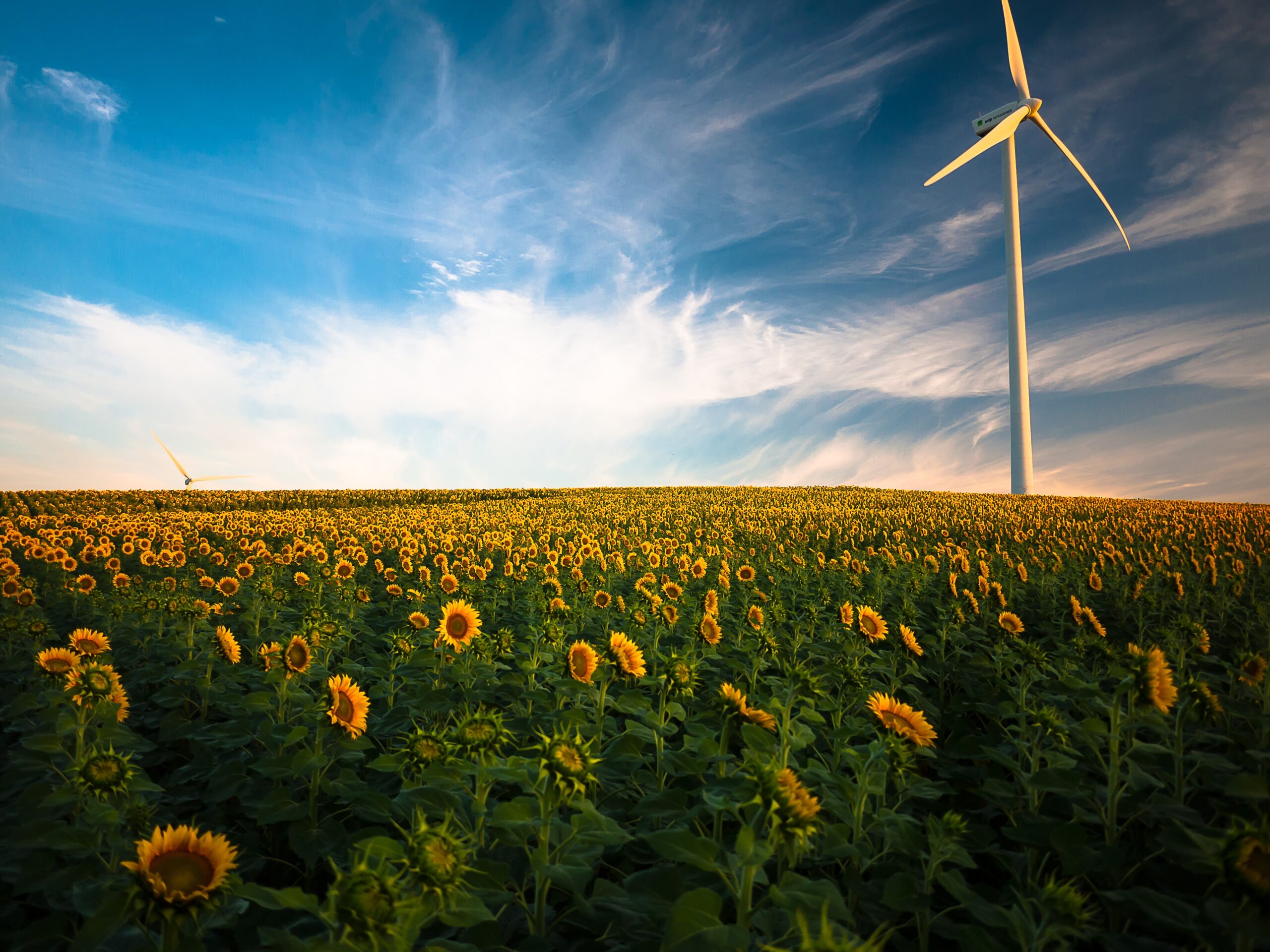
25 May HOLIDAY WEEKEND ODDS AND ENDS IN THE WIND
COVID-19 has become a convenient excuse for almost anything you can think of. Now, the industrial wind industry is climbing on the bandwagon to attempt to extend their production tax credits for another year. They claim that the coronavirus outbreak delayed construction of industrial wind plants that were not going to be complete in time anyhow. So, six U.S. Senators have asked Treasury Secretary Mnuchin to extend their deadlines in order to continue to receive the full subsidy.
This comes at the same time that the United Kingdom paid a record amount of money to have wind turbines shut down to avoid power grid issues. You see, wind does not respect economics. It comes on line at times when it is not needed, and floods the grid with electricity at off-peak hours. When this happens, the overload of electricity can cause damage or performance issues with everything connected to the grid. Wind does not produce a constant power source, so the electricity surges and subsides irregularly…creating troublesome issues on any grid circuit that uses wind as a source of power. As a result, the U.K. decided it needed to pay industrial wind farms money to shut down during times of high wind production. Seems counterintuitive doesn’t it? Nevertheless, they are doing it, and that adds significantly to the cost of using wind power…and that gets passed along to the consumer in the form of higher electricity bills. This is called “shedding” and it happens here in the United States, as well.
Mexico has learned its lesson. President Andrés Manuel López Obrador, decided to avoid the mistakes made in other countries that are realizing that wind energy creates more problems than it solves. It’s apparent to them that industrial wind and solar electricity bring little to no value to electrical grids, Mexico is moving to avoid the higher electrical prices experienced by Germany, Denmark, Great Britain, South Australia, and many states in the U.S. that have heavily subsidized their supply of intermittent electricity.
As a reminder, the wind has to blow to produce electricity. Here in the central plains we are in middle of severe storm season. A time when you would expect enough wind to blow to make a lot of electricity each day. But in the Kansas City area, for example, the average daily wind speed has yet to reach 15 mph on any day so far in May. For the turbines to produce the maximum amount of electricity they are designed to generate, the wind speed must be sustained at or above 25 mph…something that rarely happens even in the windiest of situations. In fact we have had more days with the average daily wind speed failing to exceed 10 mph…the point at which almost no electricity is generated.
Recently a 10 year old wind turbine lost a blade near Bern in northeast Kansas, underscoring the dangers of living or working near one of these turbines. This is not an uncommon occurrence, either. In fact an average of 8,000 turbine blades have to be replaced each year across the U.S. due to wear and tear. The bigger the blade, the more expensive the repair cost…that gets passed along to the consumer. And now Siemans Gamesa has come out with a 728 foot blade for use on a new 14MW turbine for use offshore (thankfully).
This is all to say that in spite of the increased cost, known unreliability, and hazards involved with wind power…we somehow keep signing up for more! My question is why!

